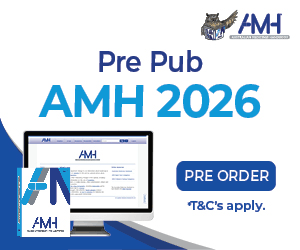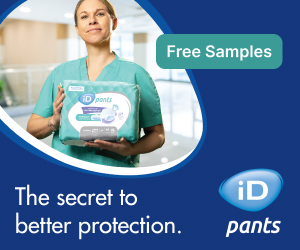Two call bells are ringing, a patient’s pump is beeping and a relative has just motioned for a word as you’ve started your medication round. Sound familiar? It’s important for nurses to become familiar with various strategies to prevent or reduce the likelihood of medication errors. Here are 10 tips that may help.
The ‘rights’ of medication administration
Ensure you know and follow the rights in medication administration: the right patient, medication, reason, dosage, route, frequency and time. Some ANMF Branches offer resources which highlight the rights of administration, dosage calculations and a drip rate guide for calculating drip rates. Check your local state or territory branch.
Know your medication administration policies, regulations and guidelines
Each health service has an obligation to ensure its medication administration policy and any associated guidelines are provided to every nurse or midwife at the time of orientation. Be familiar with the content, including practices on medication ordering, transcription, administration and documentation. Some units will have specific guidelines on areas at high risk for potential errors.
Keep focused
Interruptions have been identified as a major source of error during the preparation and administration of medications for nurses. Certain strategies including ‘no interruption zones’ and ‘do not disturb’ vests have been identified as ways to minimise drug errors. It takes a collaborative team effort for best practice with medication administration, such as freeing up time for nurses administering medication to be left to do just that as other staff answer phones and call bells.
Have a drug guide available at all times
Whether it’s print or digital depending on personal or an organisation’s preference, have a drug guide handy for reference. You need important information at hand, including trade and generic names, therapeutic class, drug interactions, dosing, nursing considerations, side effects and adverse reactions, and drug cautions such as ‘do not crush’ or to give before or with food.
Be aware of high alert medications
Be particularly alert to red flag medications that can cause irreversible harm or are particularly relevant to your ward or specialty unit area, including narcotics, continuous infusions of inotropes or concentrated electrolytes, epidurals, anaesthetics, and other specific drugs such as heparin. Know the protocol for anaphylactic reaction or overdose. Be aware of drugs used in your area that are often confused due to spelling or pronunciation.
Consider name alerts
Some organisations have name alert strategies in place to avoid potential medication mix-ups with patients with similar sounding names. Always check you have the patient’s name and one other identifying question, such as date of birth before administering medication. Ask about allergies; don’t just rely on the medication chart. Verify all allergies, not just medications.
Double check diagnosis
If you’re unsure of a medication, check your handover notes or a patient’s chart for their medical history. Be aware of medical conditions such as kidney or liver conditions that may affect metabolism of certain medications.
Speak up
Speak up and ask for help if you are unsure about a medication, patient or policy or practice on your unit. Know the limits of your own knowledge, skill and judgement. To keep your workplace safe, help to identify risks and report them using the appropriate risk-management process and incident-reporting systems. This will ensure that risks are brought to the attention of management and duly addressed. Best practice in medication administration needs to be assessed, evaluated and communicated by everyone from management to staff. It takes a collaborative effort where everyone shares in the responsibility of a safe culture.
Document everything
Take a thorough patient assessment and document everything, include any vitamins or alternative therapies the patient takes at home. Ensure you document any additional prn or pain medication given during your shift and handover at shift change-over. Don’t use abbreviations in your notes, which can be misinterpreted.
Stay up to date
Use resources such as NPS MedicineWise to stay abreast of latest news and updates on medication administration. Your employer should also provide education opportunities and resources. Some health organisations require assessments or annual mandatory medication competency testing.
It’s important to continually review your practices and reflect on your own medication management.
This post was originally published on April 12th 2019 and updated on September 29th 2020








